NLP Chatbots with Dialogflow
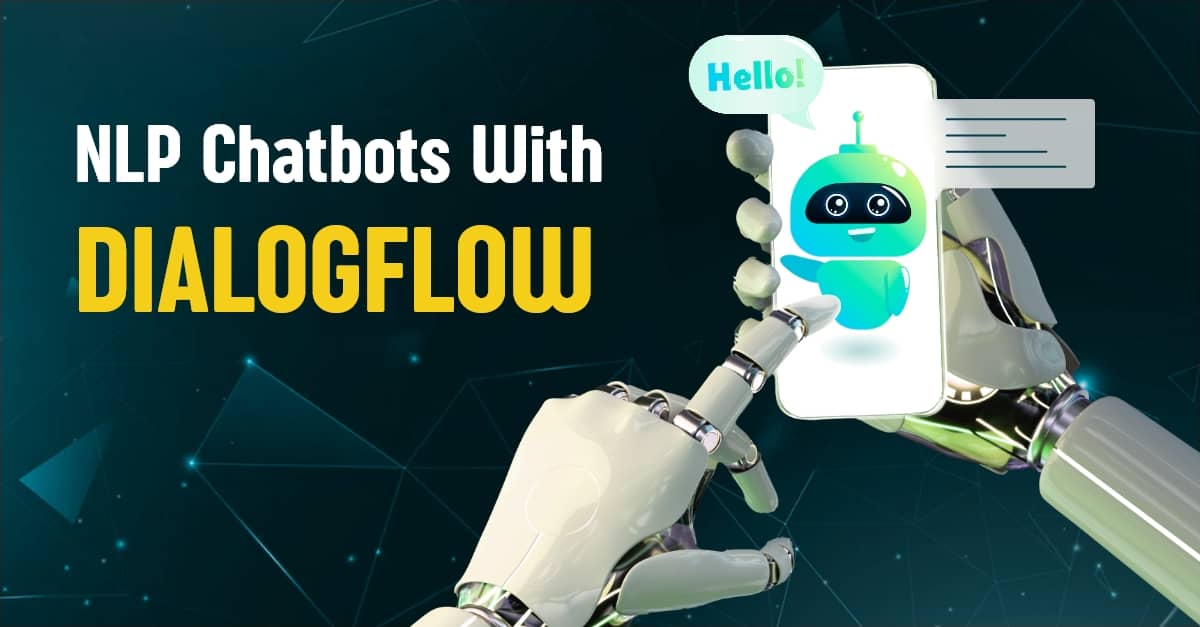 Siri, Alexa, and Google Home, for instance, can understand what you are saying and what you want them to say in response. Chatbots steer users in a particular direction without knowing their actual needs and requirements. Without NLP, your chatbot won’t be able to comprehend the user’s context. Natural language processing with Dialogflow gives user inputs context and meaning so your chatbot can produce the best response possible.
Siri, Alexa, and Google Home, for instance, can understand what you are saying and what you want them to say in response. Chatbots steer users in a particular direction without knowing their actual needs and requirements. Without NLP, your chatbot won’t be able to comprehend the user’s context. Natural language processing with Dialogflow gives user inputs context and meaning so your chatbot can produce the best response possible.
What is Dialogflow and how does it work?
A conversational user interface can be designed and integrated into mobile apps, web applications, devices, bots, interactive voice response systems, and other uses using Dialogflow. Creating a conversational user interface that suits your use cases is simple. Dialogflow is capable of analyzing and comprehending a variety of user input, including text and audio. In essence, it helps your chatbot pick up a natural language. Listed below are the terms of Dialogflow that will help you understand how it can benefit your chatbot.
How Dialogflow Benefits You
Dialogflow is superior to other chatbot development tools in many ways. Of course, certain restrictions exist, but it is undoubtedly the best option for developing many different kinds of chatbots. Let us summarise the benefits of Dialogflow below.
Therefore it is a much more advanced NLP and Chatbot development platform than most other NLP providers. Venture7 can help you make your site more interactive and efficient with our chatbots. Live chat is an application that allows you to add an instant messaging feature to your website or social media channels, allowing visitors to talk to a real person directly. We implement Dialogflow API for such Bots.
Browse by categories
- Agile
- Artificial Intelligence
- Automated testing
- Big Data
- Blockchain
- Business Intelligence
- Chatbots
- Cloud Computing
- Customer Experience
- Data Science
- Design Thinking
- DevOps
- Dialogflow
- Digital transformation
- EduTech
- ETL
- Healthcare
- HealthTech
- Machine Learning
- Mobile application
- Product Development
- Quality Ascent
- Quality Assurance
- Real Estate
- Software Testing
- StartUp
- Testing
Insights
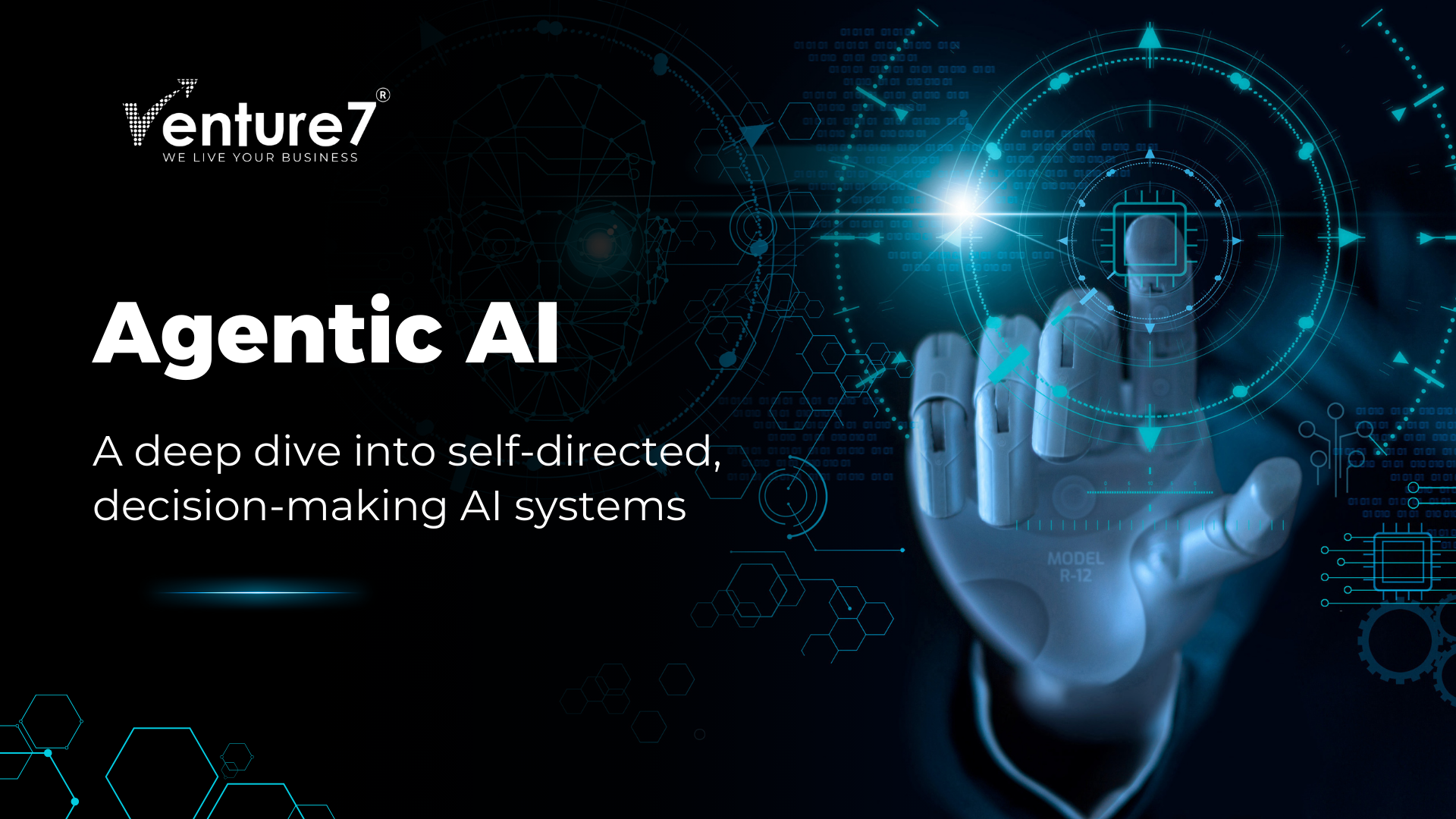
What Is Agentic AI? A Deep Dive Into Self-Directed, Decision-Making AI Systems
Most AI systems work today in the manner of following specific instructions. You ask a chatbot a question, and depending on the data it has, it gives you an answer. You put a destination into a navigation app, and it calculates the best route. All these are reactive AI systems; they react to inputs and […]

Salesforce Consultant for HealthTech Startups
Running a HealthTech startup is no easy feat. You’re constantly juggling patient care, data management, compliance requirements, and, of course, growing your business. But as you try to overcome these challenges, inefficiencies and rising costs can hold you back. That’s where a Salesforce consultant can step in to simplify your journey and help you focus […]

Generative AI – The Future of Healthcare Innovation
The healthcare landscape is entering a groundbreaking phase driven by the emergence of artificial intelligence (AI). While traditional AI is known for its significant role in analyzing existing data, Generative AI moves ahead by creating new data or content. This innovative technology also has amazing potential to transform healthcare in multiple ways. The role of […]

HealthTech Trends of 2024: Shaping the Future of SaaS Healthcare
In the ever-evolving landscape of healthcare, the integration of technology is not just a trend but a revolution, reshaping the field of medical diagnostics, treatment, and patient care. As we progress deeper into the 21st century, the fusion of healthcare and technology has transcended traditional boundaries, heralding a new era of medical innovation like SaaS […]

What is Medical Record Summarization?
Healthcare providers find AI-based medical record summarization attractive. Medical professionals rely on concise medical record summaries throughout the healthcare journey to facilitate informed decision-making. The emergence of generative AI has opened the gates of automating the generation of medical records summaries. As per Statista reports, the global AI healthcare market is expected to experience significant […]
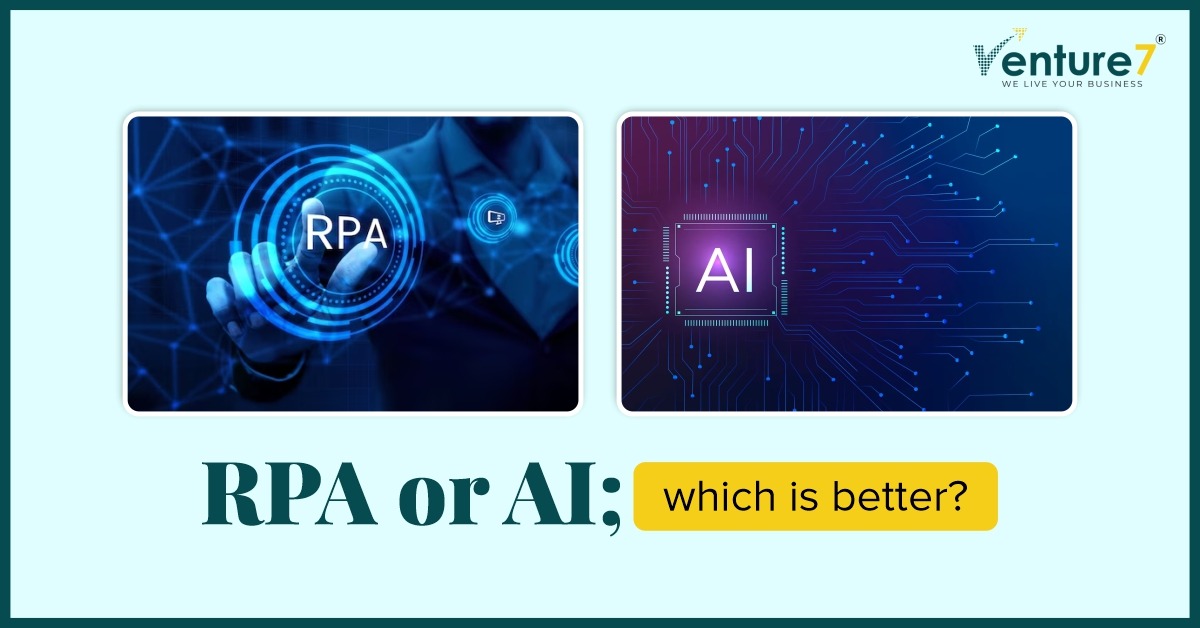
RPA or AI, Which is better?
Considering the question of whether RPA or AI which is better, it’s important to understand that while both technologies involve automating tasks, they have different approaches and purposes. AI involves creating intelligent machines capable of emulating human reasoning, learning, and problem-solving. This entails employing intricate algorithms and data analysis to enable machines to learn from […]
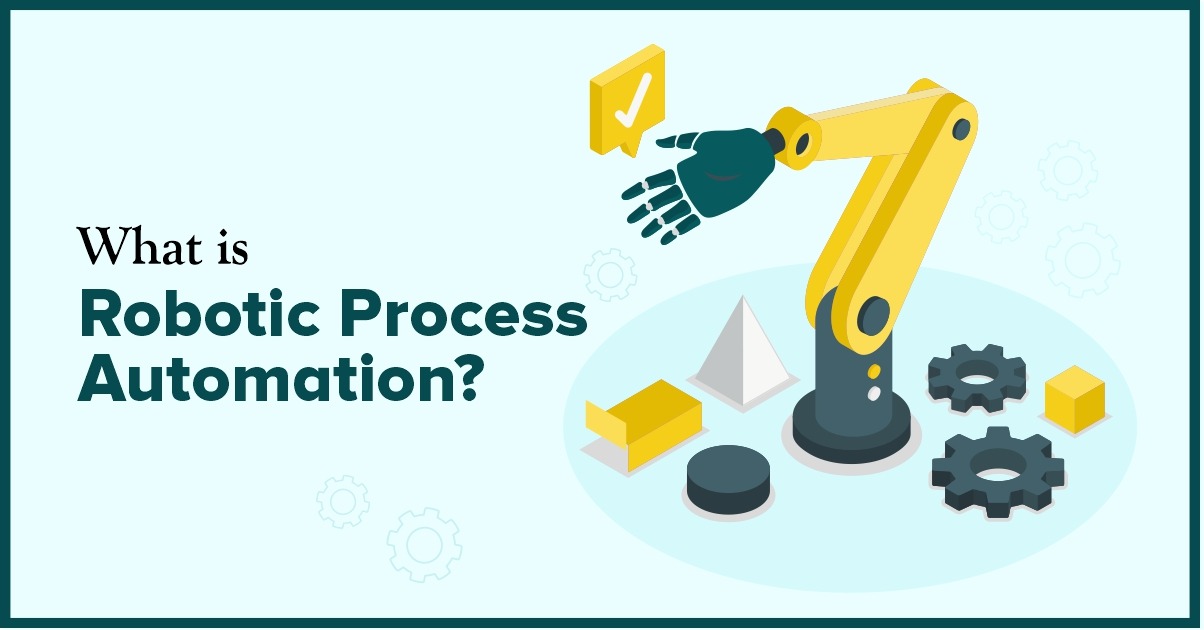
What’s Driving the Surge in Robotic Process Automation?
During the 1990s, many companies adopted business process reengineering as a popular way to revolutionize their end-to-end business processes, using emerging technologies such as enterprise resource planning (ERP) systems and the internet. For instance, they implemented large-scale ERP systems like SAP or Oracle to facilitate data exchange and create a strong IT infrastructure. Process management […]

Bottom-Up Software Effort Estimation Technique
Last time, we explained that even though estimating software project timelines is tough, we should do it anyway. We also broadly discussed some of the common estimation techniques. With that background, we want to go into further detail about the bottom-up software effort estimation technique that works for us. A critical aspect any estimation technique […]

What are the different software effort estimation techniques?
What are the different software estimation techniques is a thought-provoking question. Every development team encounters its fair share of challenges when striving to meet delivery deadlines – it’s part and parcel of the job. This, in turn, can lead to considerable delays in software projects, leaving project owners scratching their heads in frustration. So, you […]
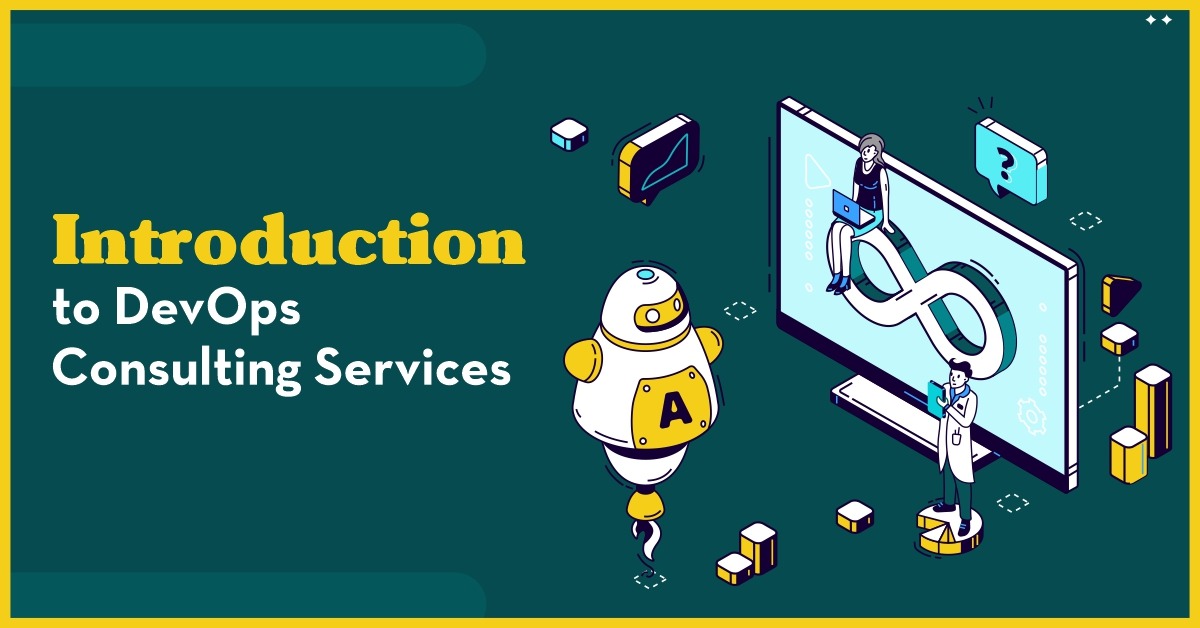
Introduction to DevOps Consulting Services
We provide DevOps consulting services to help you dramatically speed up and optimize your work processes using the most advanced automation, development, and implementation methods. We have excellent hands-on experience in bringing development and operations teams together. What types of DevOps Consulting Services does Venture7 provide? DevOps Implementation Consulting We offer DevOps consulting services to […]